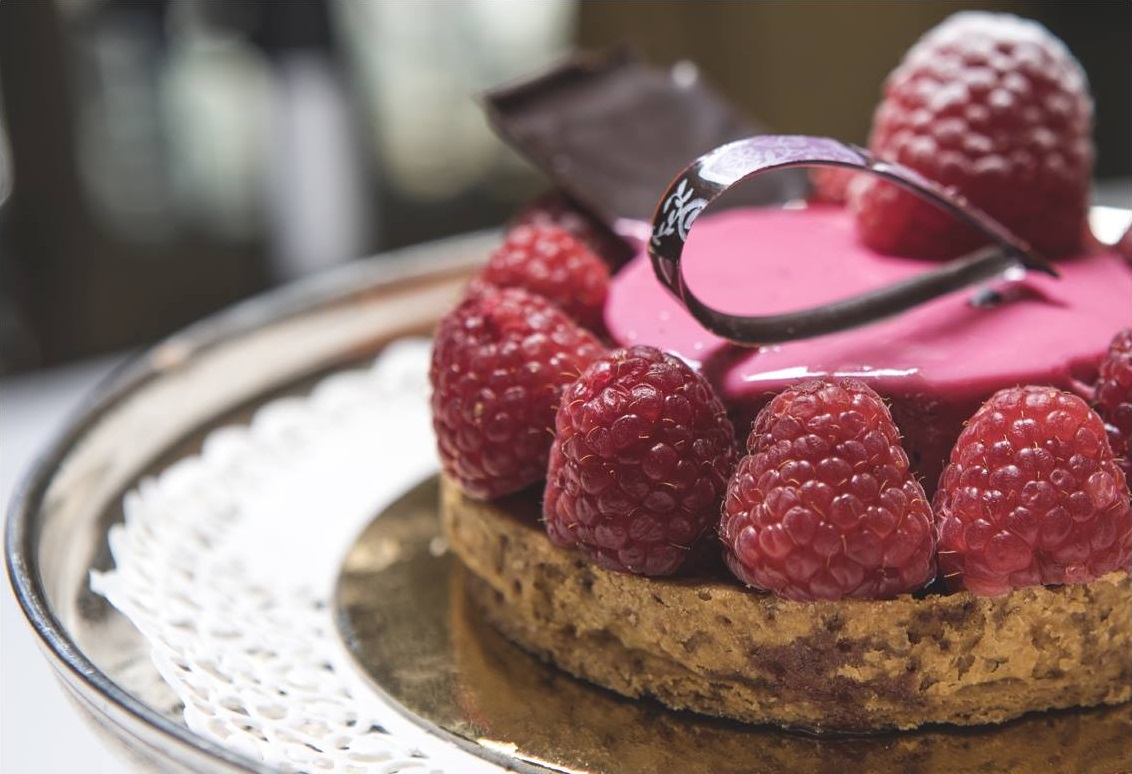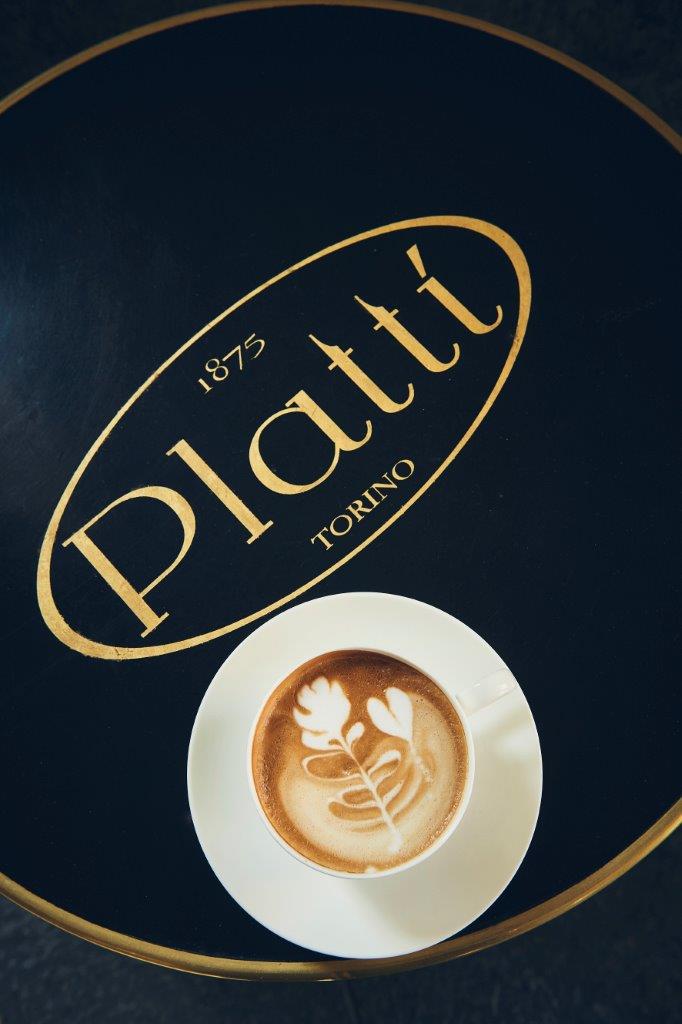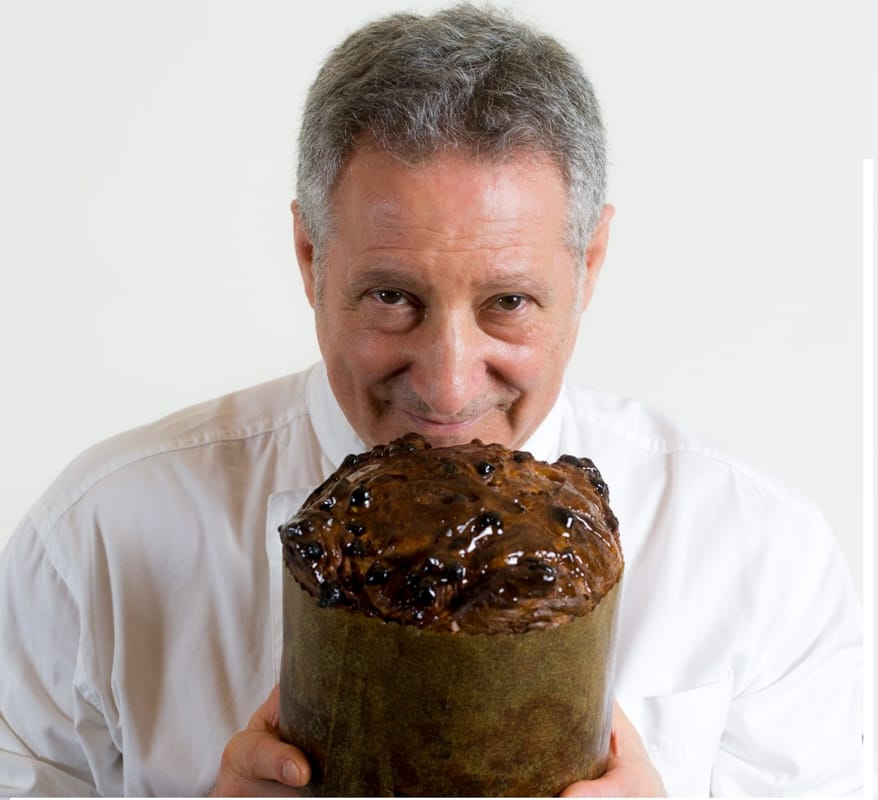Tucked away on Corso Vittorio Emanuele II in Turin is a corner of 19th-century history, that holds what is undoubtedly one of the oldest and most fascinating cafes in Italy – Platti.
The café’s history dates back to 1870 when the “Principe Umberto” spirits shop opened in the first capital of Italy, later taken over by Ernesto and Pietro Platti and renamed Caffè Platti in 1875.
The timeless elegance of the historic Platti coffee shop
The concept is symbolic of three eras: the pastry room, with refined Louis XVI furnishings by Valabrega, illuminated by the large original chandeliers and stucco ceilings of baroque design and pastel hues reflected in the mirrors with gilded frames; the coffee room with the 1920s bar counter and stucco ceiling of baroque design with soft colors; and the room decorated with Art Deco cues and rationalist hints created after 1930.
A Cultural Lounge
Platti is an institution in Turin, serving as a social and cultural landmark throughout the 20th century. Its Art Nouveau rooms were the haunt of intellectuals, politicians, poets and Savoy businessmen who loved to spend their days here talking about business and politics and celebrating anniversaries.
On the red sofas, among the stucco and mirrors, Luigi Einaudi, the second president of the Italian Republic, would come to read, and Cesare Pavese, who met here with publisher Giulio Einaudi, would write.
The art of Savoy pastries
From breakfast to dinner, Platti offers the best of Turin’s Savoy tradition, from Bicerin to pasticceria mignon to tramezzino, in a charming atmosphere.
Breakfast at Platti’s is a ritual for all Torinese: served at the counter or seated at the elegant marble tables, visitors can enjoy more than 20 different types of leavened pastries, paired with coffee, cappuccino or the classic Bicerin, the Turinese drink made from a mixture of coffee, chocolate and milk cream so beloved by both locals and tourists.
A definite must, as well as a historic specialty of the city, are the small pastries. Cream puffs, chantilly, baci di dama, macaroons and cookies in mignon format that are made this way only in Turin: tiny concentrates of sweetness created by master pastry chef Luciano Stillitano, an absolute “champion” of traditional Piedmontese pastry. The specialty of the house is the historic Torta Platti, a triumph of chocolate whose recipe is strictly secret.
Another true highlight of the locale is the tramezzini menu, the typical triangular sandwiches that originated in Turin. At Platti’s you can taste more than 25 types, from the most classic to the most innovative, not forgetting those that pay homage to Piedmontese specialties: peppers and anchovies, vitello tonnato, tongue and green sauce or Bra sausage.
Lunch is served in the restaurant rooms on the second floor with an a la carte selection or a menu that ranges from traditional recipes to creative offerings. Otherwise, it is possible to opt for brunch.
Tea lovers are invited to Afternoon Tea, the ritual of English tea revisited in a Savoy style. White, green or black tea – spicy, woody, fruity or herbaceous – in more than 12 different varieties from around the world made by Damman, strictly in leaf, prepared to perfection and served in combination with Stillitano’s small dry pastries and savory sandwiches presented on silver trays.
The day at Platti’s closes with an aperitif, with cocktails prepared by historic bartender Piero, wine or champagne.
Summer novelties
Among Platti’s summer novelties is the summer panettone, to be enjoyed with coffee or cappuccino.
The secret of Platti’s panettone, a must for all Turinese since 1875, is to have unparalleled taste, texture and color. Carefully selected and strictly Italian raw materials, only sourdough starter for a 64-hour leavening and a special candying process that, combined with an infusion of orange, lemon and lime juice, gives a unique mélange of fragrances.
Master Luciano Stillitano, the soul of Platti’s pastry shop since 2017, has decided to offer his panettone in the summer as well, throughout the month of July. “I am fascinated by tradition, without frills, by the true soul of recipes,” declares Maestro Stillitano. “That is why my panettone is and will be the most traditional one, the Milano. It is a delicate dessert for which I sought a perfect balance between butteriness, sweetness and lightness ideal as a dessert but also pleasant to enjoy at breakfast or snack.”





